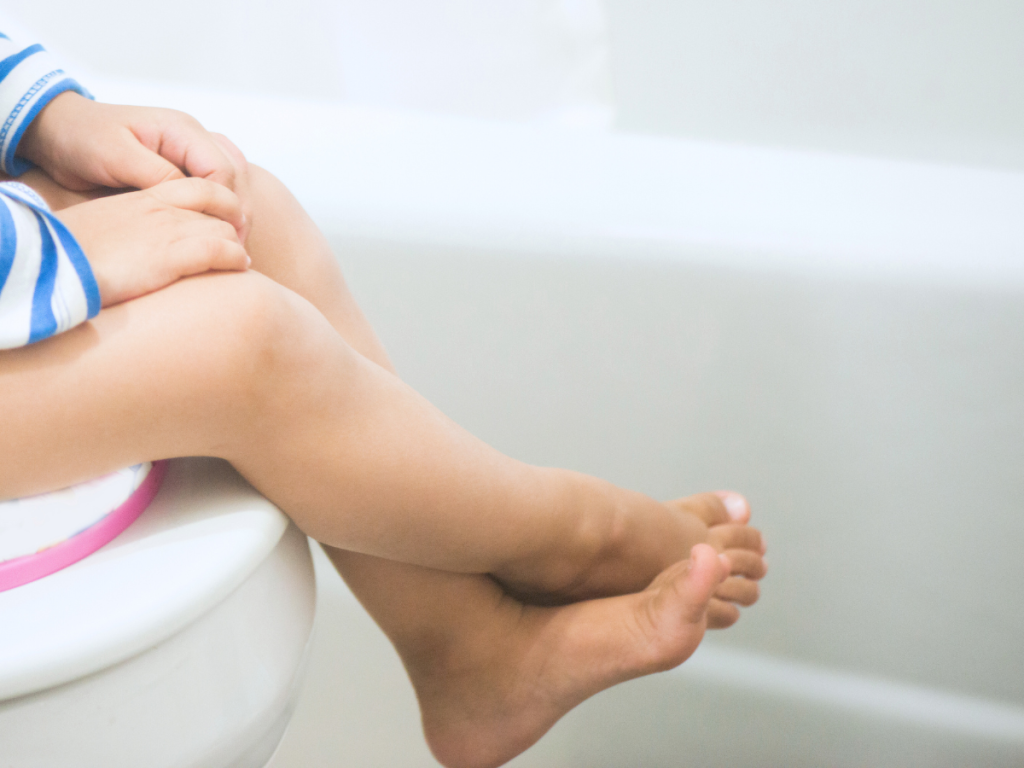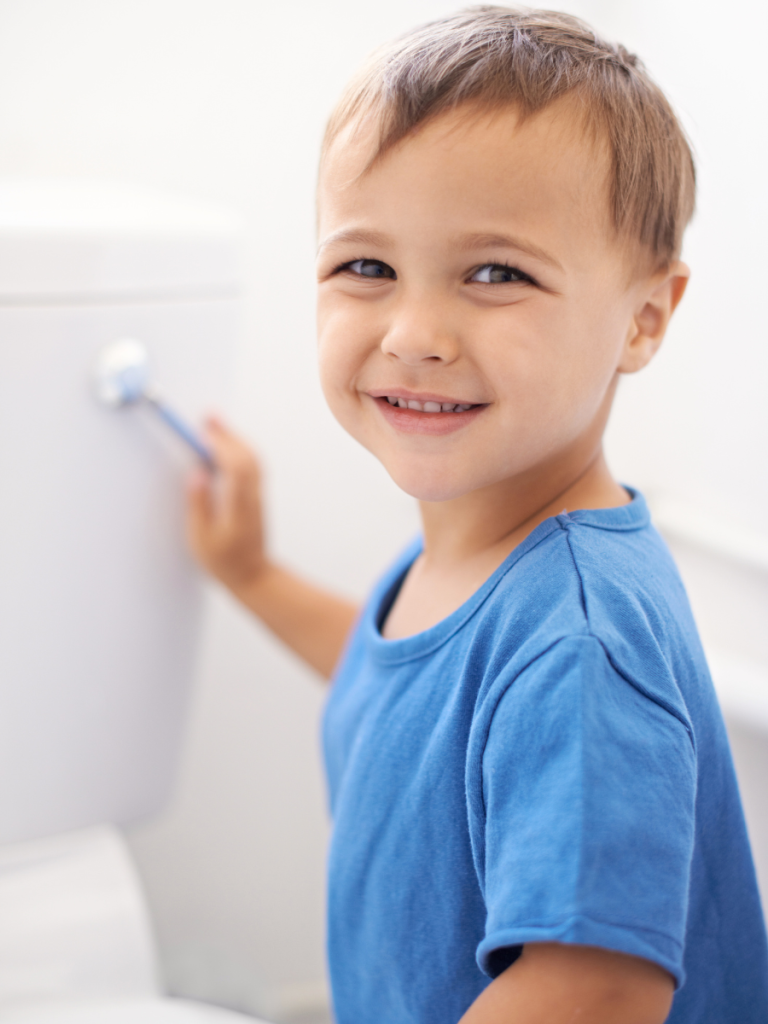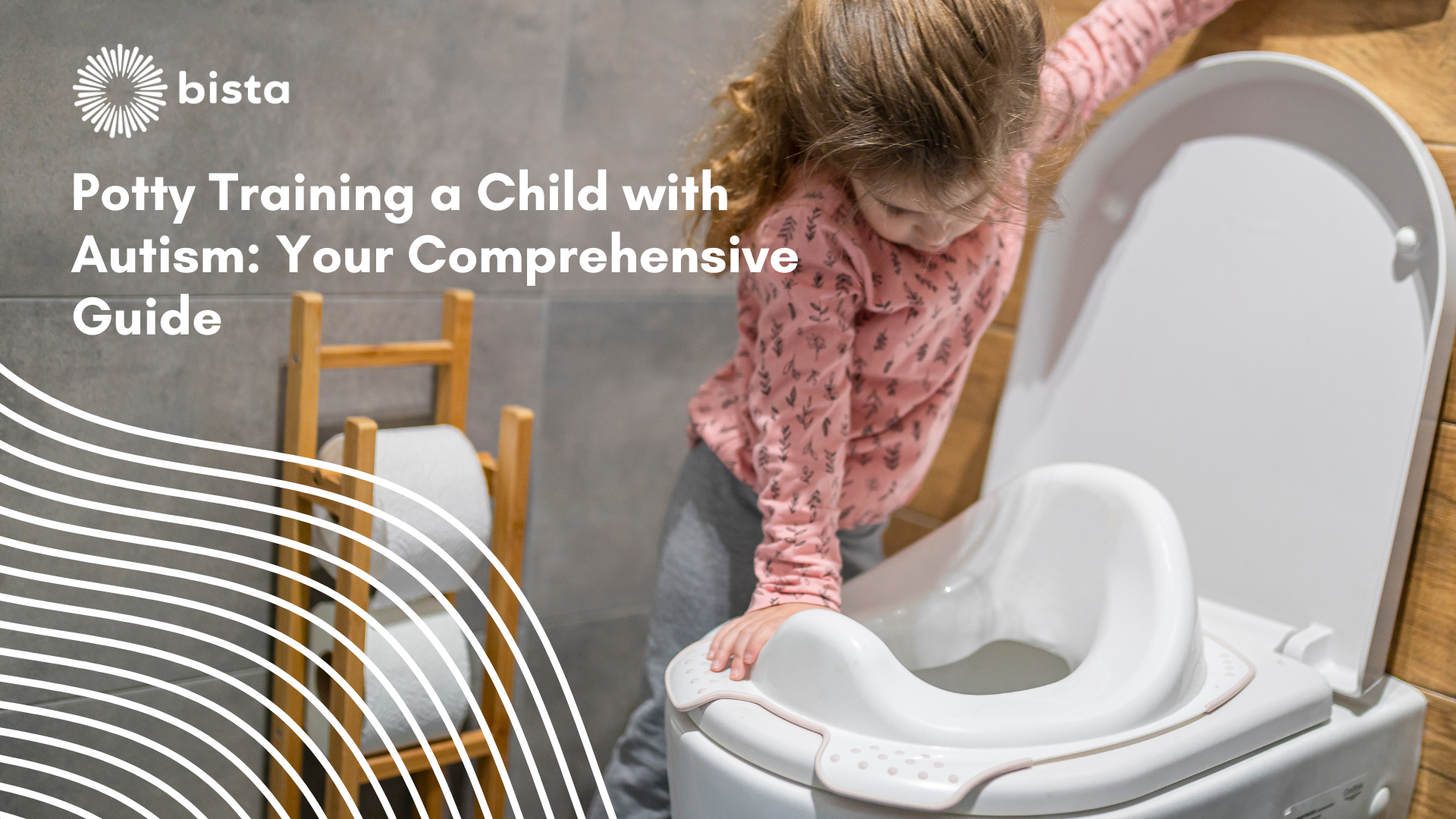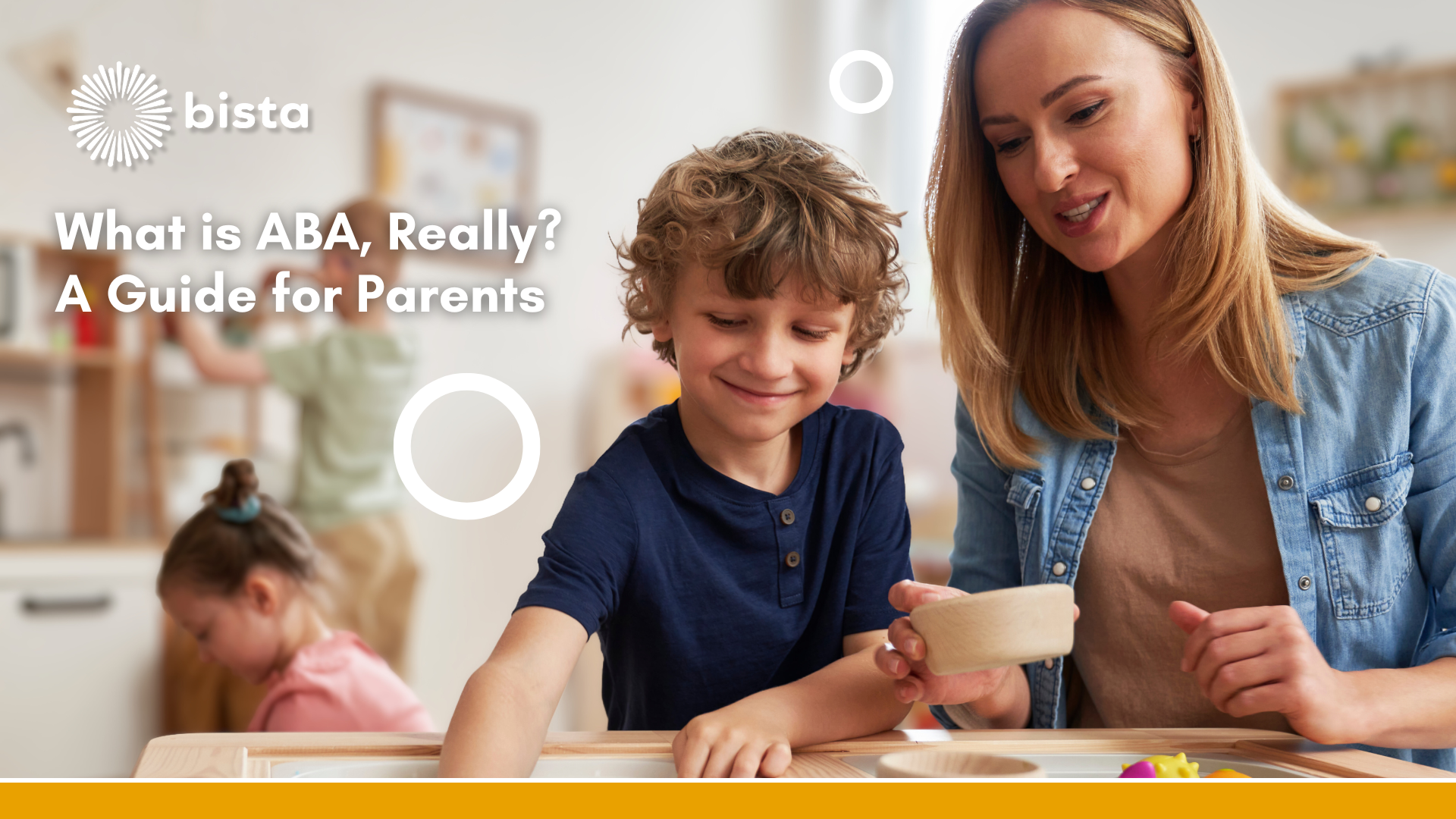Potty training a child who is diagnosed with autism spectrum disorder (ASD) can be difficult for parents. It takes time, patience, and repetition to achieve the goal both you and your child desire.
Getting Started: Essential Steps Before Potty Training a Child with Autism
Before you begin the journey of potty training a child with autism, consider these crucial preliminary steps:
Consult Your Pediatrician First
Check with your pediatrician to ensure your child doesn’t have any conditions or limitations which may make potty training impossible. Also, if your child is taking medication, check with your doctor to ensure their medications won’t impact their ability to control when they urinate.
Assess Your Child’s Readiness
Before starting potty training, your child should have mastered some basics:
- Be able to follow simple, one-step directions (e.g., “sit down,” “pull up pants”).
- Show some awareness of when they are using or need to use the bathroom (e.g., fidgeting, making a sound, going to a private spot).
Prepare Yourself as a Parent
Your commitment is key to successful potty training a child with autism. Be ready to:
- Allocate Time and Energy: This is a process that demands dedication.
- Practice Consistency: Stick to your plan every day, even through setbacks.
- Maintain Positivity: Your encouragement is vital.
- Expect Messes: Accidents are a normal part of learning.
- Plan for Challenges: Think about how you’ll respond if challenging behaviors arise.

Practical Strategies for Potty Training Success
Once you and your child are ready, implement these practical strategies:
Use Clear Visual Aids and Directions
This could be using toileting picture cards or videos available online. There are also many picture aids online that use children’s favorite cartoon characters which may help your child be more open to learning.
Choose and Gather Reinforcers
If you use teaching rewards or reinforcements for your child, now is a good time to gather their favorites!
Establish Consistent Language
Use the exact same words every time you talk about potty training (e.g., “potty,” “toilet,” “pee-pee”). If your child also attends school or therapy, ensure everyone uses the same consistent language.
Optimize the Toilet Setup
Many experts suggest children with autism should not use a child-size potty chair but should be introduced to a toilet seat insert that fits on the regular toilet, with a stool for their feet. That way they do not have to relearn to use the regular toilet as they age.
Implementing the Potty Training Routine for a Child with Autism
Consistency and a positive approach are paramount during the training phase.
Scheduled Sits and Gradual Increase
- Start Small: Begin by asking your child to sit on the toilet for just 10 seconds. The goal is familiarity, not immediate urination.
- Routine is Key: Do these short sits at the same times each day to build a predictable routine.
- Gradually Increase Time: Every 30 to 60 minutes, repeat the sit, gradually increasing the time to 3-5 minutes.
- Make it Fun: Engage your child with favorite activities, songs, or stories to make sitting on the potty a positive experience.
Celebrate Success, Never Punish Accidents
- Reward Success Instantly: Once your child urinates, even a few drops, be sure to celebrate!
- Avoid Punishment: Never punish your child for accidents. This can create anxiety and resistance. If frustration builds, take a short break.
Implement “Dry Pants Checks”
Between scheduled sits, regularly check your child’s pants. If they are wet, immediately guide them to the toilet for a quick sit while you change their wet clothing. This connects the sensation of wetness with the toilet.
Addressing Sensory Concerns and Transitions in Potty Training
Be mindful of your child’s unique sensory profile to prevent resistance.
Accommodate Sensory Sensitivities
Be aware of your child’s sensory concerns, and plan accordingly. If your child is sensitive to sounds, you may want to let them wear their headphones to flush. The sound of flushing can be stressful, and lead to potty training resistance. If your child is used to wet baby wipes, continue using those while you are potty training. You may be able to transition to toilet paper later.
Transition from Pull-Ups to Underwear
Once your child shows consistent progress, switch from pull-ups or diapers to underwear. The feeling of wetness from accidents is often more noticeable and uncomfortable in underwear, providing an added incentive to use the toilet.

Seeking Support and Further Resources
Remember, you don’t have to go through this alone.
Lean on Your Community
Connect with parent groups, online communities, or local support networks. Sharing experiences and frustrations with other parents who have gone through similar journeys can provide invaluable advice and emotional support.
Collaborate with Your Bista Team
Be sure to talk to your Bista team before beginning potty training so they can be part of your success. Your child’s behavior analyst or occupational therapist can help develop your plan, put together pictures and steps, and reinforce potty training during your child’s therapy sessions. They can even work on reducing sensitivity to the feeling of toilet paper, the sound of flushing, or other sensory issues your child may be having.
Need to know more? Bista is here to help! Reach out today.
Recommended Resources for Autism Potty Training
Books for Adults
The Potty Journey: Guide to Toilet Training Children with Special Needs, Including Autism and Related Disorders by Judith A. Coucouvanis
Ready, Set, Potty! Toilet Training for Children with Autism and Other Developmental Disorders by Brenda Batts
The Adaptive Toolkit for Potty Training Children with Disabilities by Allison Jandu
Books for Children
I Can’t I Won’t, No Way!: A Book for Children Who Refuse To Poop by Tracey Vessillo
We Poop On The Potty! by Little Grasshopper Books
Everyone Poops by Taro Gomi
Other Helpful Resources
Toileting Picture Cards (Do2learn link)
Token Board (Amazon link)
Every child is unique, and these tips may look different depending on your child’s preferences and needs. This content is for general informational purposes and is not intended as specific medical or therapeutic advice.



